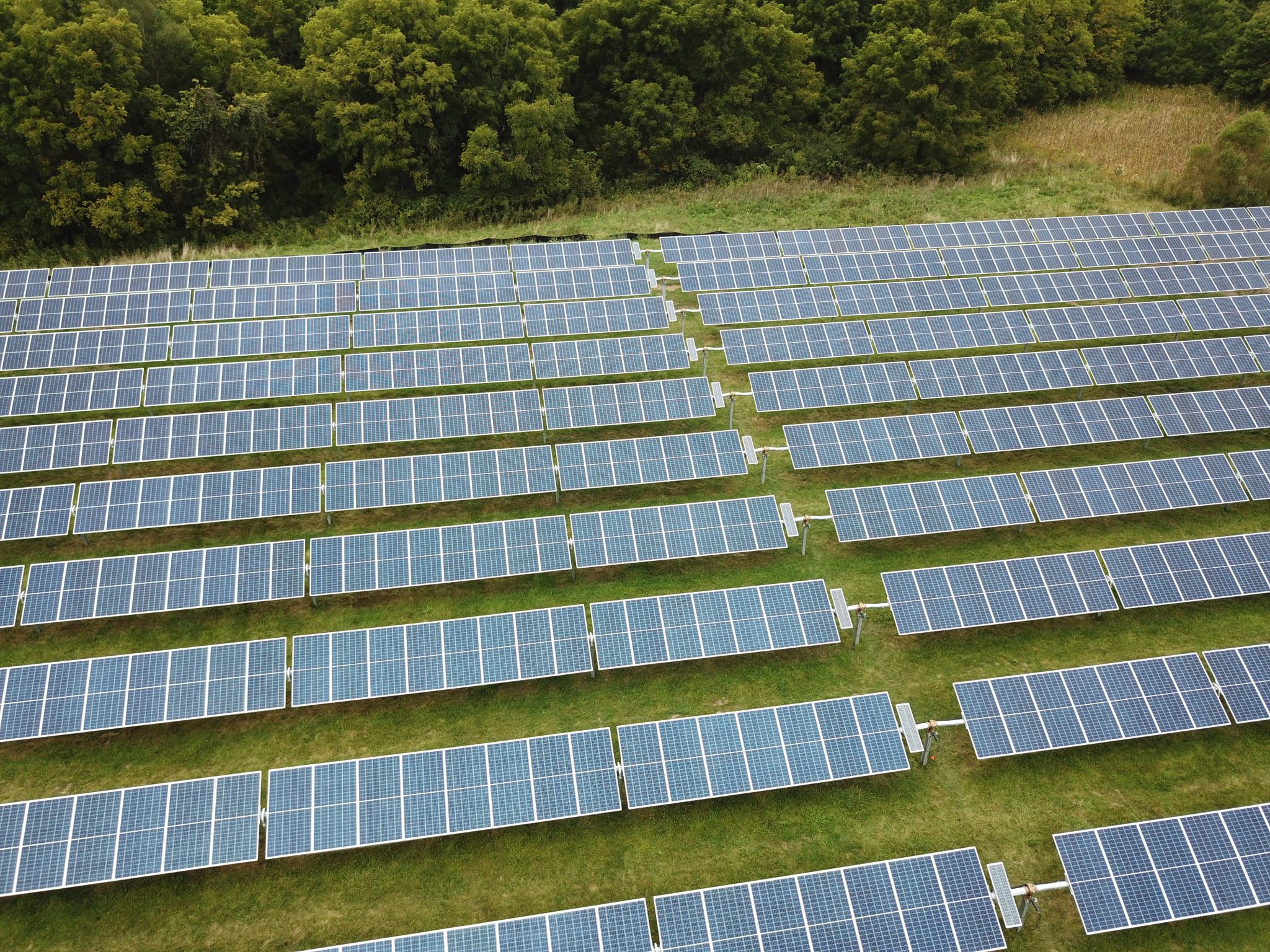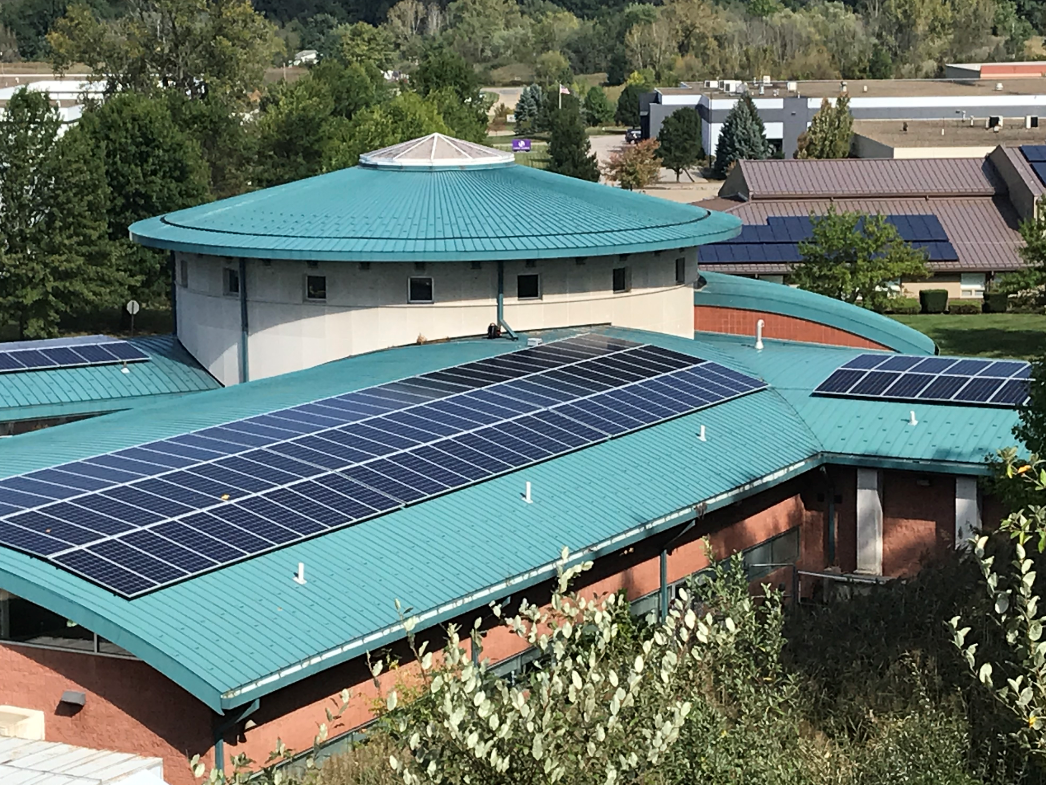Third Sun Solar in the news: Solar Power World spoke with our Geoff Greenfield, who give a snapshot into the state of sustainability in 2019 in Ohio.
From green-minded business owners to political activists: an industry shift in the Midwest


Third Sun Solar in the news: Solar Power World spoke with our Geoff Greenfield, who give a snapshot into the state of sustainability in 2019 in Ohio.

Third Sun Solar in the news: Solar Power World spoke with our Geoff Greenfield, who give a snapshot into the state of sustainability in 2019 in Ohio.

Medical Examiner’s Office, Animal Shelter and Harvard Road Garage to See Energy Savings
CUYAHOGA COUNTY, OH — The Cuyahoga County Department of Sustainability, in partnership with AEP Onsite Partners, LLC, is bringing energy savings to the County through the installation of solar panels on three County buildings.
The following properties have or will have solar panels installed:
“As part of the County’s Climate Change Action Plan, we have committed to adding more renewable energy into both our properties and the local grid as a whole,” said County Executive Armond Budish. “We want to provide energy savings at all levels of the County, and with inaction at the federal level, local governments have a greater responsibility to step up and act.”
Two-hundred and twenty-two solar panels have been installed at the Animal Shelter. The Medical Examiner’s Office is currently having 488 solar panels installed. Roof repairs on the Harvard Road Garage are currently being conducted, then 1,948 panels will be installed.
All installations should be completed by Spring 2020. The solar panels are expected to yield a total of 1,147,000 kwh of energy. The panels would account for 13 percent of the total load for the Animal Shelter, three percent for the Medical Examiner’s Office and 25-30 percent for the Harvard Road Garage.
Last Monday, Lakewood approved legislation to join the County’s power purchasing agreement and add solar panels to four municipal buildings. Cleveland Heights anticipates introducing similar legislation within the next two or three months.
“The work we are doing at the County level is achievable and can be done at the local level as well,” said Director of Sustainability, Mike Foley. “We’re encouraging businesses and communities to learn about the benefits of solar and potentially join our power purchasing agreement for further energy savings, just like Lakewood did.”
“AEP OnSite Partners collaborates with communities and businesses to put in place advanced, clean energy resources in a way that is both affordable and hassle free. This project will enable Cuyahoga County to add sustainable, low-cost energy to help meet their power needs without requiring them to own or maintain a solar system,” said AEP OnSite Partners Chief Operating Officer, Joel Jansen. “Providing advanced energy solutions, like solar installations, is the type of innovative, customer-focused approach that AEP OnSite Partners can provide to help communities be more sustainable.”

When you install a solar energy system, you might expect that the lights will stay on when the power goes out because you’re generating your own power. Unfortunately, this isn’t the case.
With grid tied solar systems, any excess power you create will be stored in the utility grid. The grid is sort of like a big battery, you send power to it when you have excess and take energy from it when you need more. Because of this connection, when grid power goes out – so does yours. This keeps electricity from leaking onto the grid lines and putting folks working to correct the issue in harm’s way.
To get power during a grid blackout, you will need a grid tied solar system with battery backup. When the grid is up and working, the system functions like a normal grid tied solar system. Some of the electricity your solar system produces will top off your batteries. In the case of grid failure, the batteries kick in to keep the lights on.
A solar system with battery backup costs more than your traditional grid tied solar system but having power during a blackout can be invaluable to some. Any home that already has solar panels, is battery backup ready.
Unfortunately, we’re seeing power outages becoming more common place as more and more people are in the path of severe weather patterns. In some places power companies are preemptively shutting down the grid when they anticipate a blackout.
The good news is that there are solutions to grid failures through battery and solar battery storage.
Tesla Powerwall: Home Battery Storage
Powerwall is a home battery system that turns your home’s solar panels into an all-day resource. Daily it increases your self-consumption of solar. In the event of an outage, it offers reliable home backup power. With Powerwall, more of your home’s electricity use will come from solar, which enhances solar functionality, reduces energy costs and provides peace of mind to homeowners.
Powerwall allows you to store 14 kWh of energy and use that energy to run your home with solar during the night and back up your home in the event of a power outage.
The technology withing Powerwall is able to detect a grid outage, disconnect from the grid and bring power back to your home in a fraction of a second. That is over 100x faster than typical standby generators, and fast enough to keep your appliances running without interruption. You will not have to reset your clocks or your alarm. Powerwall can provide backup to your entire home. However, depending on the type of appliances at your home, we may recommend an essential load backup instead of whole home backup. Read more about Tesla here.
Whole Home Backup
If you’re interested in whole home backup, our Solar Designers can analyze your homes electric use patterns and the recommended number of Powerwall’s needed to keep all loads running. In some cases, an upgrade to your electrical panel may be needed and we will advise you if this is the case. You can add more Powerwall’s to keep your house operational longer during an outage.
Essential Load Backup
If your electrical situation doesn’t require whole home backup, we can backup select essential loads. Since lights and outlets require less energy, a single Powerwall will typically be enough.
In summary, during a grid blackout, power from your solar system won’t be available for you to use unless you have a backup battery system. If you’re interested to learn more about solar or battery back-up, give us a call today! 1-877-OWN-SOLAR.
https://kokosingsolar.com/residential/does-solar-work-in-a-blackout/